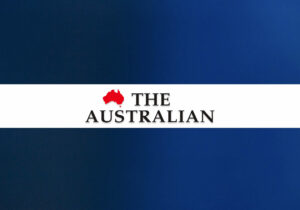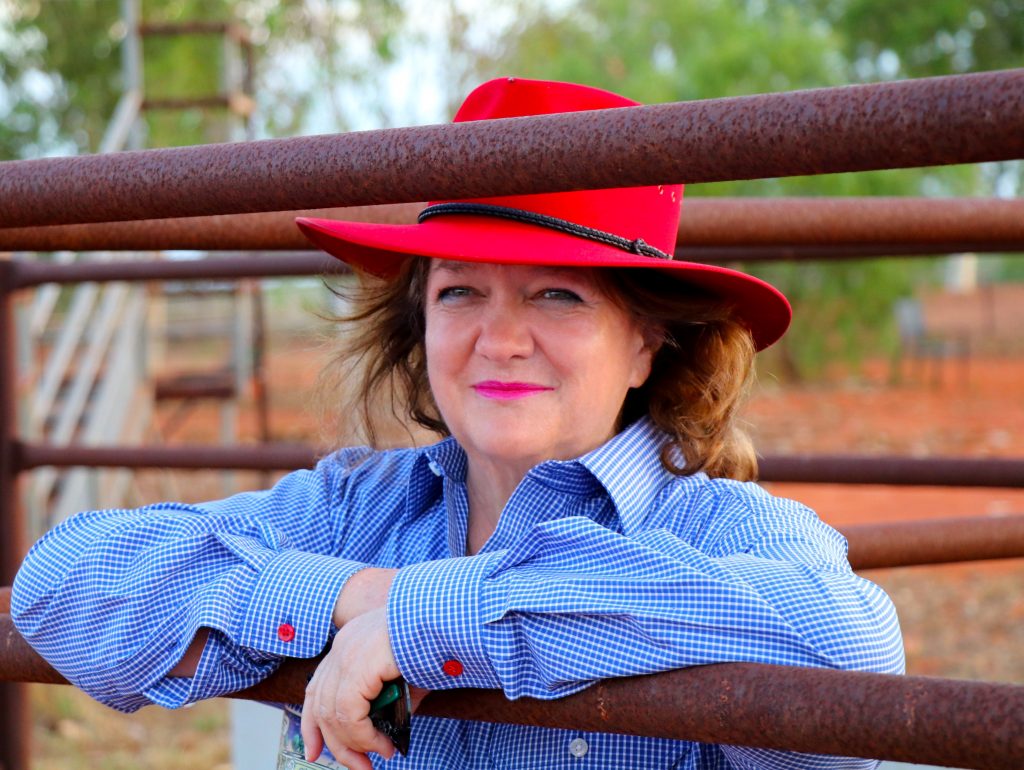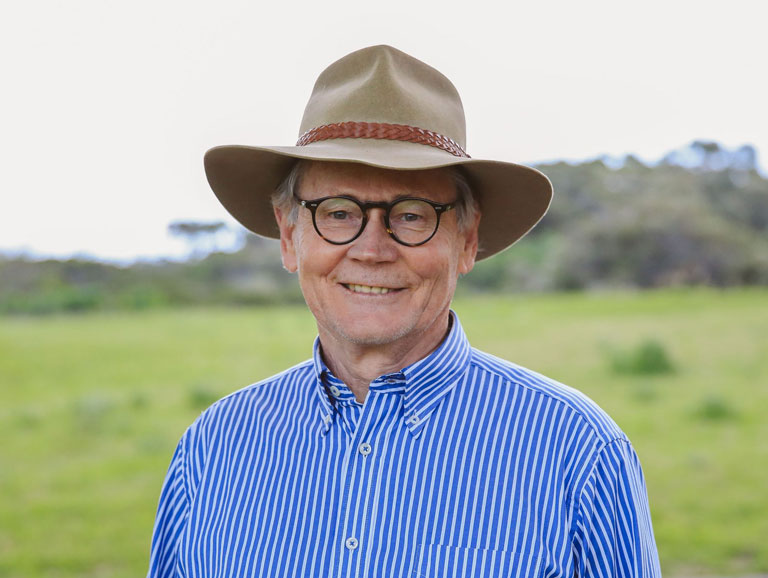
EUROPE TAKES U-TURN ON COMBUSTION-ENGINE BAN
The EU has proposed watering down rules that would have effectively banned the sale of new combustion-engine cars in the bloc from 2035, after heavy pressure from the car industry.
Thriving North Australia with more investment, more opportunities and rising living standards.

ANDEV is made up of individuals and businesses that care about Northern Australia and its people and development. ANDEV wants to see more defence of our North.
We want to see Governments provide policies that allow Northern Australia to be competitive in the global market and which encourage investment that would bring more development and better amenities to the people of Northern Australia.
This is very much a story about the forgotten half of Australia because of its lack of political representation, lack of realistic political representation, and lack of defence. The Australians who live here are proud of their pioneering history, their efforts and achievements in the outback and Top End Aussie character. They are in many ways the forgotten Australians – forgotten by politicians and by those media who live in populous cities outside of the North.
Governments too often neglect the North as most of them don’t live there and don’t understand the region. Instead, they impose what too often turn out to be onerous rules and regulations, northern potential lies dormant, smothered in regulations. ANDEV sees the North as the land of opportunities if a special economic zone or Idz was permitted, with less tax and less regulations, like more than 8,ooo successful special economic zones around the world.
Why is ANDEV Necessary?
Generally Governments and many others have paid lip service to the development of Northern Australia. Its needs and potential have been misunderstood or ignored. There has been a failure to see our North as being of vital strategic importance for defence and in the economic development of Australia.
There is a need for a dynamic and dedicated voice. In 2010 ANDEV was established on the initiative and drive of Mrs Gina Rinehart. Look no further than the Federal parliament to understand the need for this northern voice. ANDEV regards Northern Australia as everything north of the 26th parallel. That makes up almost half of the huge continent of Australia. With a small population this 44% of Australia in 2019 generated an estimated 71% of Australia’s exports – $277 Billion of Australia’s exports of energy, resources and agriculture, and delivered significant taxation and jobs both directly and indirectly throughout Australia. Yet in the Commonwealth Parliament’s House of Representatives where the Commonwealth Government is formed Northern Australia with 44% of the land mass has only 11 of the 151 seats in that House. That is 7% of the seats. These 11 seats cover an estimated 6.5 M km2 or 83% of Australia. Queensland has 7 seats. NT two and WA two. In WA the seat of Durack covers almost 60% of WA. It’s a battle for even a small amount of those monies produced by the North to be returned to the North. It remains short of infrastructure, services and other amenities cities outside of the North demand and get!
ANDEV worked hard in conjunction with the IPA from 2010 to 2013 in awakening Australians to the importance and potential of Northern Australia. In 2013 the then Opposition Coalition led by Tony Abbott took a detailed Northern Australia policy to the 2013 Election. ANDEV would like to acknowledge in particular the support of the then Opposition leader Hon Tony Abbott, Hon Andrew Robb AO MP and the excellent work of the IPA. ANDEV policies were supported at that election by all three major parties, however, when in office, the policies for the north, weren’t implemented.
Between 2013 and 2019 a key ANDEV focus has been on having the Coalitions policy implemented, cutting red and other government tape and seeking further improvements on existing policy such as establishing a Northern Australia Economic Zone as an Integrated Development Zone (“IDZ”) or series of IDZ’s. This is the next step required to welcome investment to the north and take Northern Australia into a transformative stage of development that will bring benefits across not only the North, but Australia.
ANDEV calls for an IDZ that includes a significantly reduced and efficient regulatory system, less compliance, one-stop shop for all Government approvals, personal and business taxation system that drives growth and a long-term commitment from all levels of Government to the strategic importance of Northern Australia and its economic development and defence. IDZ’s can foster globally competitive industries. Ad hoc policies that don’t include significantly reducing regulation, generally result in ineffective and unproductive outcomes.
Chairman Mrs Gina Rinehart AO and Co-Chairman Mr Imants Kins.


Is it our duty to leave to future generations of Australians a robust and growing economy, something all the more achievable if we unleash the potential of Northern Australia, or is it our duty to leave them with mounting debt and consequent high taxation for the rest of their lives?
The potential for economic development in Northern Australia is undeniable and developing the North should be a priority for all levels of government. We are doing a great disservice to future generations if we do not capitalise on the abundant opportunities in the region.
These opportunities don’t just exist in the mining and resources sector, but in agriculture, defence, energy, medicine, education, tourism, communications and across the full spectrum of human activity.
There is also huge potential for Northern Australia to become the high-quality, high gross margin food bowl for Asia. We currently feed 60 million people a year. With sensible water catchment and deployment of the latest agricultural, transport and logistics technology, Australia could feed 120 million, or more. Agriculture depends on plastics, steel, ammonia and energy, Australia more than pulls its weight to feed far more than its share of the world’s population, but without the four commodities, only half the world’s current population could be fed. This example points out the consequences of excessive and onerous regulations.
The CSIRO (2015) estimated that 60% of Australia’s total annual rainfall falls in Northern Australia and only a very small percentage of that is captured. If this water is harnessed and able to be used, it would have positive implications for stock, revenue, water storage, easing flood damage, power generation and irrigation schemes.
By 2020, more than half the world’s middle class will be in Asia and Asian consumers will account for over 40 per cent of global middle class consumption. Australia’s proximity to Asian markets is unrivalled and the exploding Asia-Pacific middle class is already creating huge new mass markets. It will also create very large niche markets suited to the higher-cost, quality goods available in Australia.
Asia is the new growth market and, as the OECD report suggests, the growth will occur in the immediate future. If Australia is to take advantage of this historic opportunity, then we should start now by transforming the North of Australia.
Northern Australia is on Asia’s doorstep and we would be foolish to miss out on this competitive advantage, and miss the opportunity to create revenue and raise the North’s standards of living,
In 2019 (ABS cat 5638) WA, NT and Queensland were responsible for $277 B of Australia’s exports or 71% of Australia’s total annual exports. With the right policies, there is potential for this to grow and for other opportunities to be established.
ANDEV has a vision of a thriving North Australia with more investment, growth, revenue, more opportunities, more amenities and higher living standards. But firstly, this needs leadership, to significantly cut tape and taxes. Australia’s status as a major supplier of goods and services to our Asia-Pacific neighbours is at risk as competition increases from around the world. Policies that make Northern Australia and Australia generally more competitive are vital.
Industries associated with the resources sector are moving investment overseas as Australian governments make it more difficult and more risky to invest in Australia. For instance, just in recent weeks, it is publicly available information, that Rio, one of the world’s greatest mining companies, that has brought, billions and billions and more billions of dollars to Australia, is not looking to Australia for lithium opportunities, but Trudeaus Canada, and even investing in Guinea, where civil war and disruption occurs, to pour billions of dollars into opening a new mine at Simandou, rather than the Pilbara of West Australia, right on the doorstep of the growing Asian markets.
But it isn’t just the resources sector. Agricultural development in Northern Australia has long been hamstrung by distant governments who don’t understand the particular needs of Northern Australia and the consequence of their policies and excessive regulations.
Governments are making Australia less competitive by putting in place more taxes and by tying entrepreneurs in red-tape and placing upward pressure on input costs for Northern industry.
With ANDEV style Government policies, which have been successful in many countries, the future of Northern Australia and Australia could be fantastic.

The EU has proposed watering down rules that would have effectively banned the sale of new combustion-engine cars in the bloc from 2035, after heavy pressure from the car industry.

Global coal demand is set to hit an all-time record in 2025, bucking forecasts that the fossil fuel had plateaued, with Australian exporters including BHP failing to cash in due to high costs, regulatory hurdles and a stoush over royalties.

BHP rising star Brandon Craig has warned Labor it needs to reconsider how policy settings are calibrated, including around emissions and climate targets, or risk being left behind by governments hungrier for mining investment.

Tanya Plibersek’s acceptance of a blue banded bee Dreaming story as central evidence for blocking the $1bn Blayney mine without independent scrutiny “lacked any rational basis” and its justification was contradicted by the department’s own evidence, says mining giant Regis Resources.

No holiday but PM poured the beers – a fish rots from the head

An extraordinary court order burying key evidence from former environment minister Tanya Plibersek’s decision to block development of the $1bn Blayney gold mine was made to protect cultural sensitivities and uphold Indigenous traditional law.
